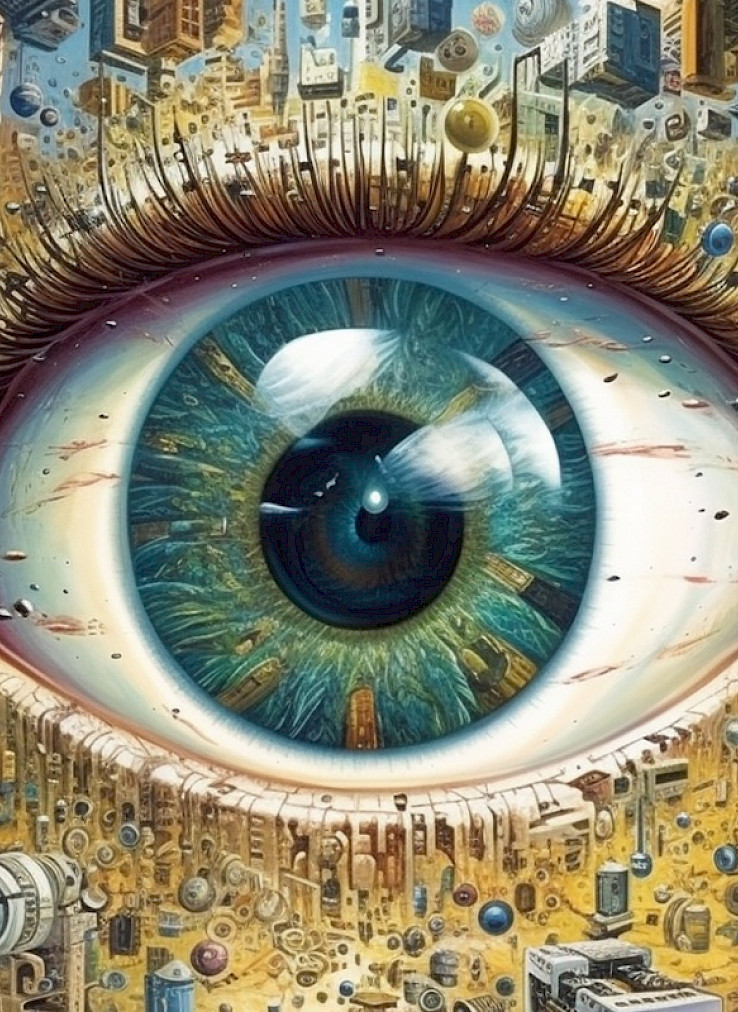In this seminar, Alice Van den Bogaert, associate professor in the faculty of anthropology at the Autonomous University of Barcelona (UAB) and the University of Barcelona (UB), specialist on the intersection of caste and gender in the Indian Himalayas, gave a presentation on the value of the gaze in the context of her fieldwork.
During her presentation, Alice explained in detail how gender, caste and the concept of impurity influence the act of seeing and being seen in daily social interactions and during rituals in Himachal Pradesh. She highlighted that the act of seeing and being seen in this region differs significantly from Western culture, as the body plays an active role in this visual experience. Alice emphasised that the gaze is "material" since in the gaze there is an exchange and transmission of substances and intentions. In other words, we can say that looking means coming into contact. For this reason, the gaze is subject to regulations and prohibitions that especially affect women and low caste people. This is because both women and low-caste people can transmit impurity, and therefore cannot be seen and look on certain occasions.
Deity worship plays a central role in the society and politics of Himachal Pradesh. In this region, people have a deep trust in the powers of the local gods and goddesses. The majority of the population worships at least one deity who acts as protector and guide, and from whom blessings are sought on various occasions. It is in this context that Alice delved into the role of the "Gurs", priests or mediums who have the ability to be possessed by the divinities through the gaze and the body, especially through the hair. These charismatic "vehicles" of divinity have the ability to transmit blessings, heal and deliver messages from the gods. However, during these events where hundreds of people participate and can influence decision-making at specific times, rules are established to prevent the divinities from coming into contact with some people. For example, women during menstruation are considered impure and for this reason are forbidden to see, and more importantly, be seen by the deity for fear that the ritual cannot be carried out properly. The same goes for the lower castes.
Finally, she talks about the more relational part of the exchange of glances in social life between different families of different castes in the same village. In this area, she mentions the concept of the "evil eye", which is the negative effect that an ill-intentioned glance can have on another person.
Back to the list






